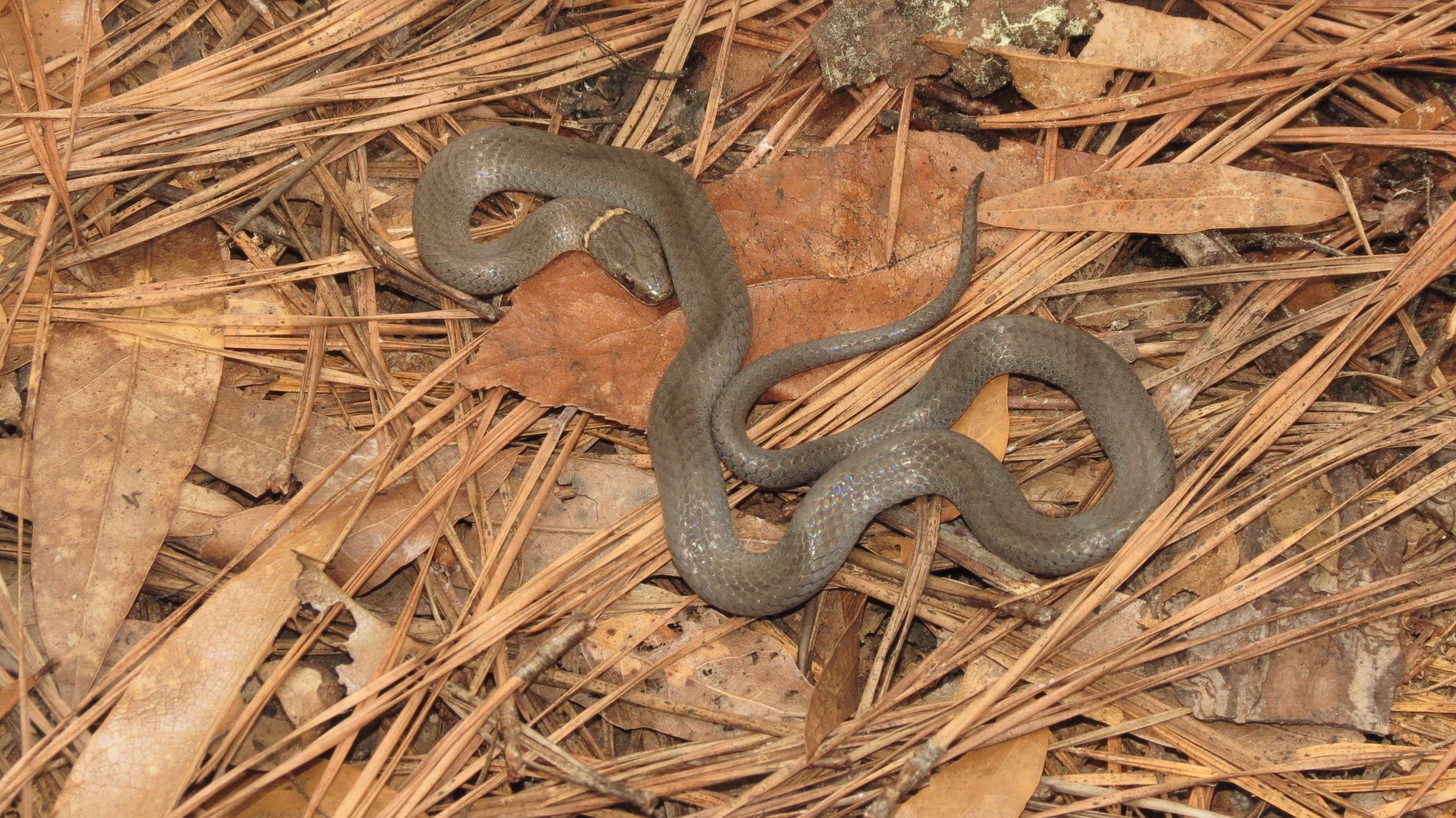Many Americans have phobias — an extreme, irrational or aversive fear of something. Often phobias are triggered by things found in the natural world, but are those fears unfounded?

That’s what NCLT 346 Spiders, Snakes, and Dirt, taught by New College LifeTrack Instructor Dr. Scott Jones, explores.
Jones, who created the class in 2016 alongside his wife, biologist Leah Connell, said he wanted to teach a course that would get students interested in the natural sciences.
“The course is more about the need for humans to have a connection to nature and all the reasons why we withdraw from that,” he said. “Phobias are a big part of that, especially of snakes and spiders, but also of getting dirty.
“There’s a lot of room for people to choose their own path with this course. Students get to pick which phobia they focus on with their final synthesis paper at the end of the class.”
Jones said snakes are the most common phobia written about in his class, followed closely by sharks. Spiders and dirt are up there as well. Of those, a phobia of serpents, also known as ophidiophobia, appears to be the only one that triggers some sort of inherent response.
“When showing babies photos of puppies and snakes, they tend to naturally become more alert when they see snakes,” Jones said. “So, some of these concerns are built in.
“Evidence points out that over the course of human evolution we’ve adapted to be cautious about some of these things. It makes sense that we’d pay attention to snakes because they’re something that can be a danger to us. But most phobias don’t tend to be adaptive. Becoming paralyzed by a fear of something isn’t a good way to survive it.”
“It makes sense that [humans would] pay attention to snakes because they’re something that can be a danger to us. But most phobias don’t tend to be adaptive. Becoming paralyzed by a fear of something isn’t a good way to survive it.”
The fear of sharks, called galeophobia, is not a natural fear for most land-dwelling people, Jones said, but is an irrational one that’s often created and reinforced by movies, TV shows and news media.
“It seems like every year a new movie comes out that helps refresh the fear of sharks in people’s consciousness,” he said. “And with that often comes a fear of the ocean. Someone may have seen ‘Jaws’ when they were really young, and they’re afraid that a giant shark is going to pop up out of the water at any time and eat them.

“A lot of phobias are an extreme response and sometimes irrational because it colors our perception to where we’re constantly worried about them.”
Phobias don’t always have to be about something dangerous. Some people are afraid of frogs, worms, butterflies and even, as the name of the class implies, dirt.
“People who have dirt phobias basically have germaphobia,” he said. “They believe that if you get dirty you get sick. But the opposite is true when it comes to actual dirt because evidence shows it’s good for our immune systems.”
The course is being offered this fall semester and still has a few openings available for New College LifeTrack students. Though students who take the course will study common phobias as well as identify and confront their own, Jones said they should not expect the class to cure them of their phobias.
Contact
Jamon Smith, UA Strategic Communications, jamon.smith@ua.edu
Source
Dr. Scott Jones, spjones9@ua.edu
